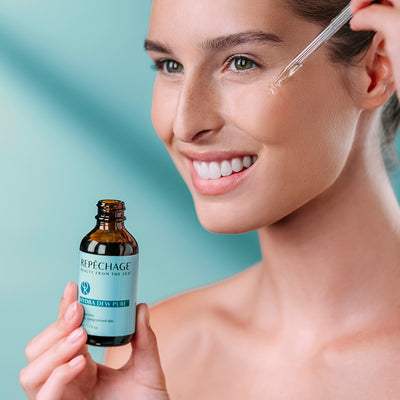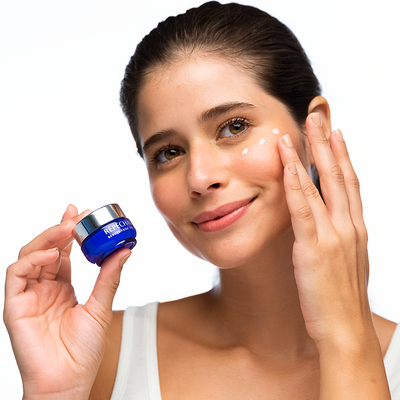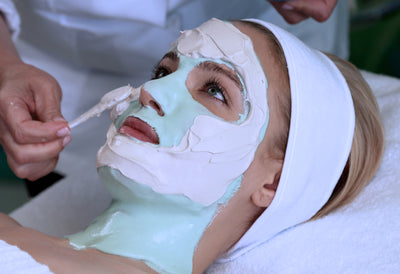What Does the Sun Do to Your Skin?

Did you know that the sun tops the list of causes of damaged skin? That’s right: the number one culprit for premature aging, wrinkles, hyperpigmentation (dark spots and uneven skin tone), and most importantly skin cancer, is the sun.
Up to 90% of the visible skin changes commonly attributed to aging are caused by the sun. These changes can be seen as early as in one’s 20’s. [1]
And while it’s normal to enjoy some fun in the sun, it’s important that you understand exactly how the sun effects your skin and why protecting your skin is so important. Read below to find out.
What happens when we are exposed to sunlight?
Sunlight is comprised of varying wavelengths of electromagnetic radiation. This radiation ranges from very short cosmic rays to very long radio waves.
The entire range of rays is often referred to as the electromagnetic spectrum. Only a small portion, comprising about 35% of the spectrum is visible, 60% is Infrared felt as heat and 5% is made up of ultraviolet rays.
When sunlight strikes the skin some of the rays are reflected, some are scattered and others are absorbed. Absorption of UV and visible light occurs due to melanin granules in the epidermal cells.
Melanin is present to protect the skin from damaging effects of sunlight. Exposure to sunlight, especially UVA and UVB radiation, stimulates the production of melanin resulting in a pigmentation increase or a tan.
What are the effects of UV rays on the skin?
Ultraviolet rays generate free radicals that wreak havoc on cellular material. They are capable of altering not only the DNA but they may effect membranes surrounding the skin cells, destroying or altering enzymes and proteins required for cellular metabolism and affecting amino acids.
Any and all of these responses can result in the formation of sun-induced skin cancers. Fortunately, our bodies are constantly trying to repair the damage of this vicious free radical assault.
While our body’s defense system is repairing damaged sites, our cells are releasing the byproducts of this assault and repair process.
The skin’s inflammatory response may be seen initially as erythema (redness of the skin), which results from dilation of blood vessels in the dermis as a response to the cell damage and repair process.
Erythema is an indication of damage to the skin inflicted by the sun. Following erythema or sunburn, the skin responds by proliferating cell production and producing melanin, which gives the appearance of a tan.
Tanning is the result of exposure to both UVA and UVB rays.
How do you protect your skin?
Read 10 ways to protect your skin to check that you are doing EVERYTHING you need to be to protect your skin from all of the damaging effects of the sun.
And, in between your yearly visit to the dermatologist and regular visits to a skin care professional, watch here to see how you can do skin examinations at-home.
[1] Taylor CR et al. “Photo aging, Photo damage and Photo protection” J. of American Academy of Dermatology, 1990:22













